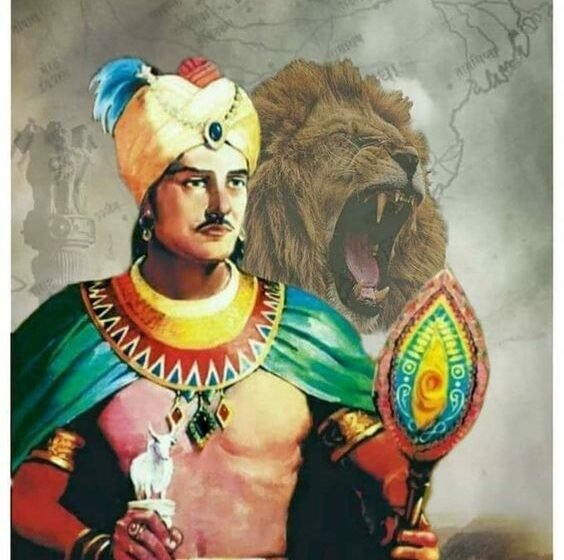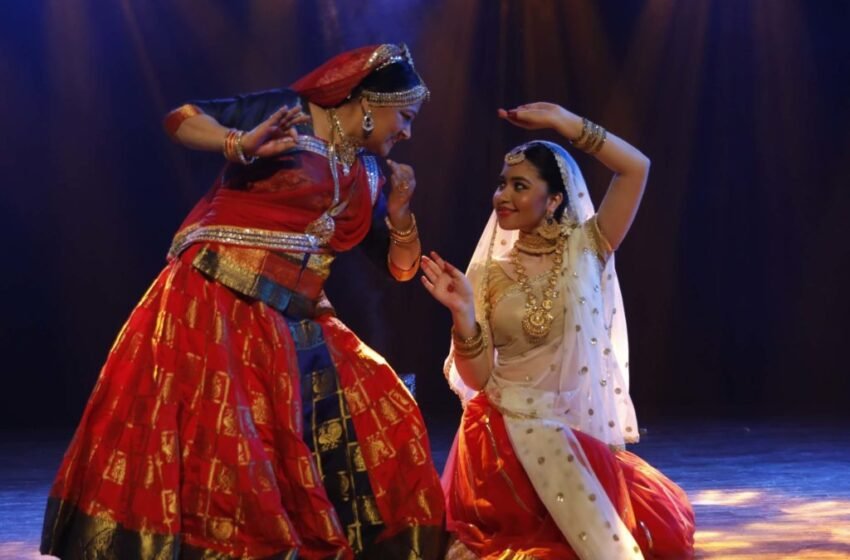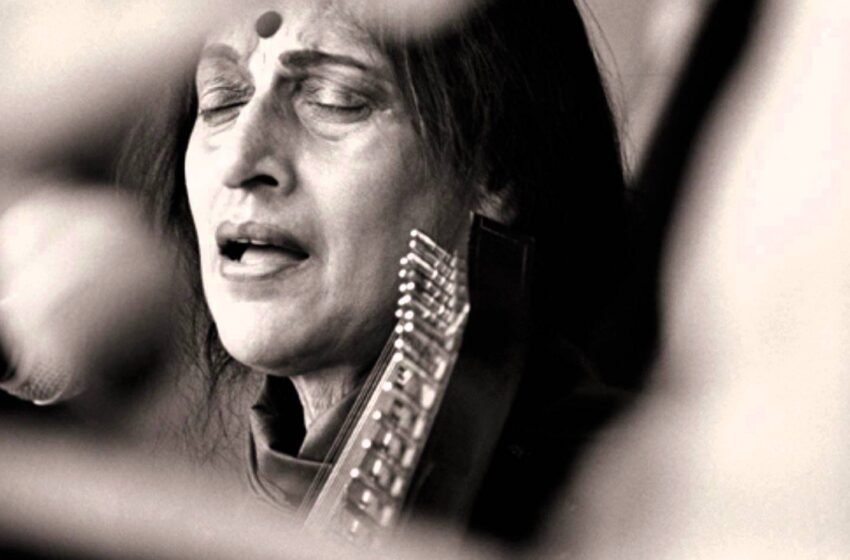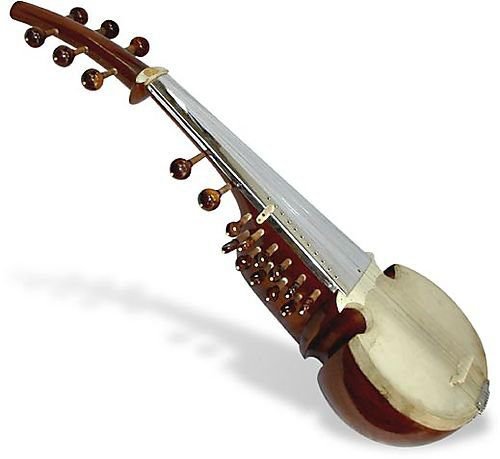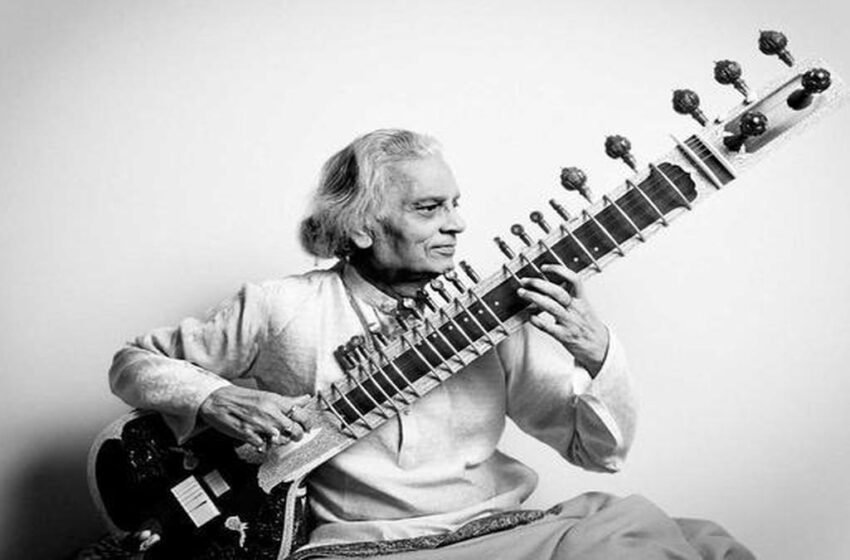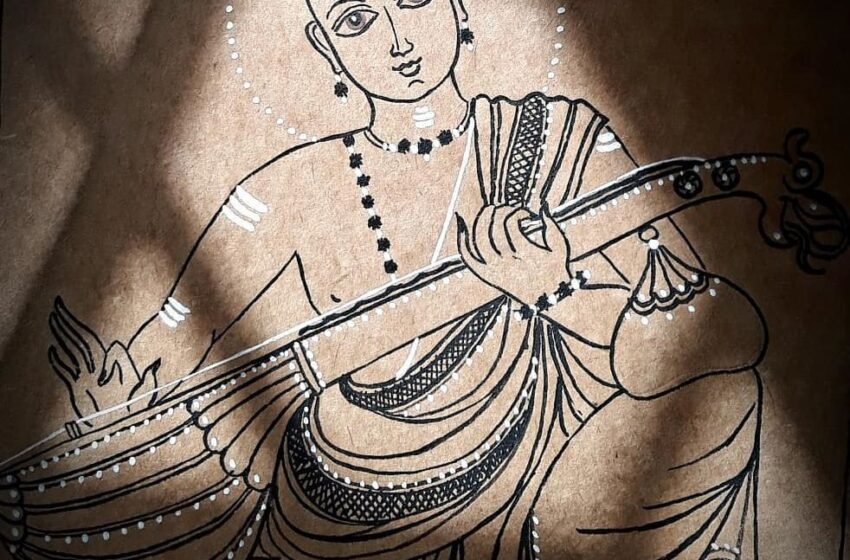The 13th ruler of the Sisodia Dynasty, the Rajput clan that ruled the Mewar (Udaipur), was Maharana Maharana Pratap 1. Born in a royal family to Udai Singh II and Jaiwanta Bai on 9th May 1540, Rana Pratap was designated the Crown Prince as he was the eldest son. Under the influence of one of […]Read More
Ashoka -The emperor who gave us the chakra that we salute today. The 3rd ruler of the Mauryan Empire Ashoka was born to Bindusara and Subhadrangi around 304 BC in Pataliputra. Legend has it that when Subhadrangi successfully gave birth, she yelled “Now I am A-shoka” (without sorrow) and so was he named Ashoka. Subhadrangi […]Read More
Cheung Chau Bun Festival: “Lucky Buns”, Bun Scrambling Competition, Vegetarian Food and Lion Dancing A Traditional, renowned, and auspicious festival celebrated by the residents of Cheung Chau island located in Hong Kong – Cheung Chau Da Jiu Festival. It can be said that this is the most famous Taoist festival in this region because you […]Read More
Kathak – The Graceful Art of Banaras Gharana
INTRODUCTION Banaras Gharana, a prominent school of Indian classical dance, has its roots in the ancient city of Varanasi, also known as Banaras. This dance form evolved in the 19th century under the patronage of the royal family of Kashi and combines elements of Kathak, Bharatanatyam, and Manipuri styles. Banaras Gharana is known for its […]Read More
Exploring the Rich Heritage and Musical Traditions of Jaipur-Atrauli Gharana
INTRODUCTION Jaipur-Atrauli Gharana is a prominent school of Hindustani classical music that originated in the northern Indian state of Uttar Pradesh. Founded by the legendary musician, Alladiya Khan, the Jaipur-Atrauli Gharana is known for its unique style of khayal singing, which emphasizes intricate ornamentations and complex rhythmic patterns. Over the years, the gharana has produced […]Read More
Sarod Gharana: The Rich Musical Tradition of the Sarod
Indian classical music is a complex and sophisticated art form that has been developed over thousands of years. It encompasses a wide range of styles, instruments, and traditions, each with its own unique characteristics and history. One of the most important instruments in Indian classical music is the sarod, a stringed instrument that is known […]Read More
“Exploring the Rich Tradition of the Sitar Gharana: A Journey
The Sitar Gharana is a highly revered musical tradition that originated in India and has been passed down through generations of musicians. It is known for its distinctive style of playing the sitar, a stringed instrument that is central to the tradition. The Sitar Gharana has produced some of the most renowned sitar players […]Read More
“Exploring the Repertoire: A Journey Through the Indian Classics”
A repertoire is a collection of pieces, songs or works that a musician or group can perform. The repertoire is a crucial aspect of any musician’s career, as it is the foundation upon which they build their musical skills, style, and identity. This blog will delve deep into the repertoire, exploring its many facets and […]Read More
Exploring the Vibrant World of Tabla Gharanas: A Journey through
“Exploring the Vibrant World of Tabla Gharanas: A Journey through India’s Rich Rhythmic Traditions” INTRODUCTION The tabla is a popular percussion instrument from India that has gained worldwide recognition for its unique sound and versatile applications. With its roots in classical Indian music, the tabla has been an integral part of many traditional and modern […]Read More
“Unraveling the Legacy of Thumri Gharanas” INTRODUCTION Thumri is a genre of semi-classical vocal music that originated in the North Indian subcontinent, with roots in the medieval poetry of the region. Thumri Gharana is a style or tradition within this genre that emerged in the 19th century and has since become a prominent school of […]Read More

